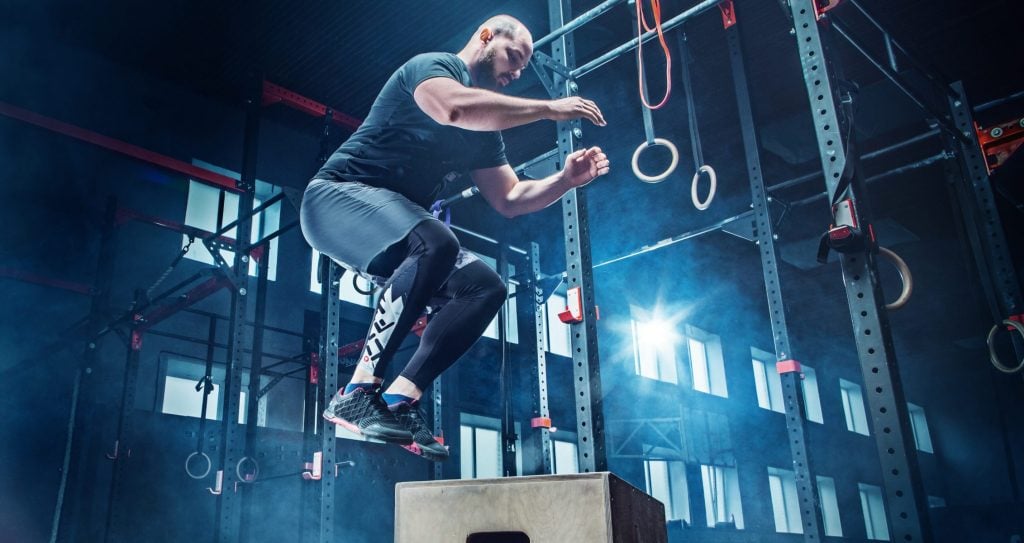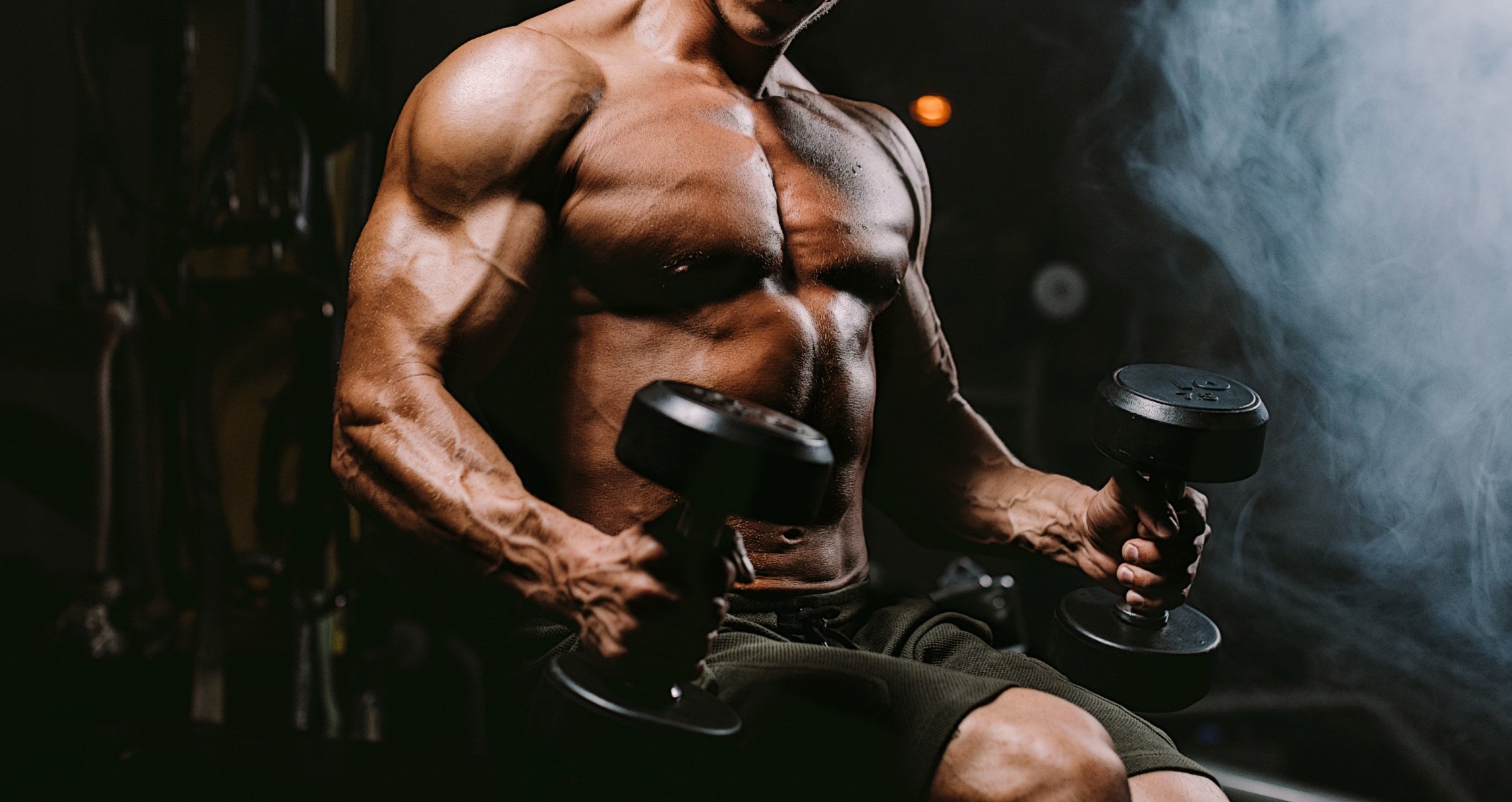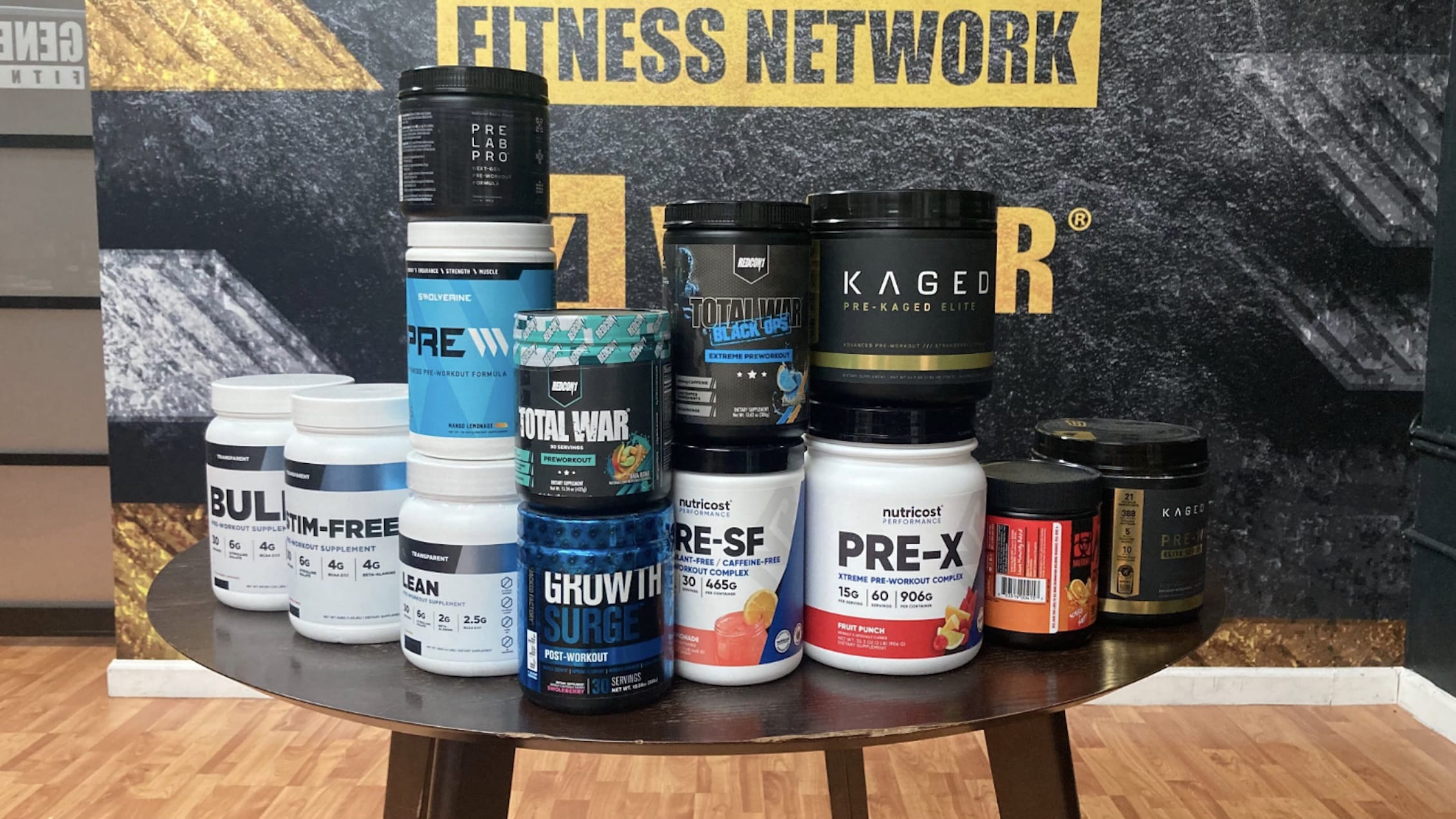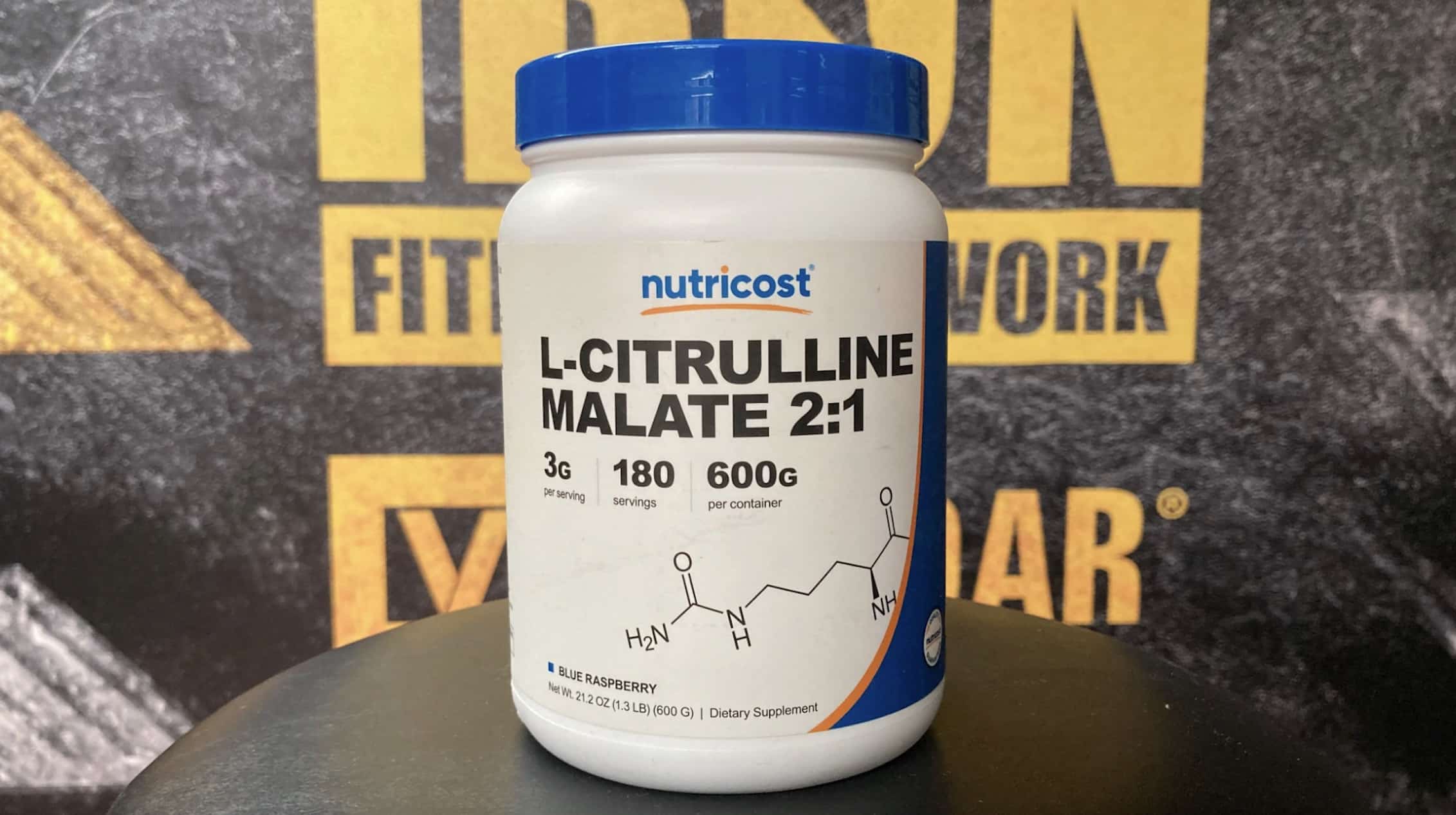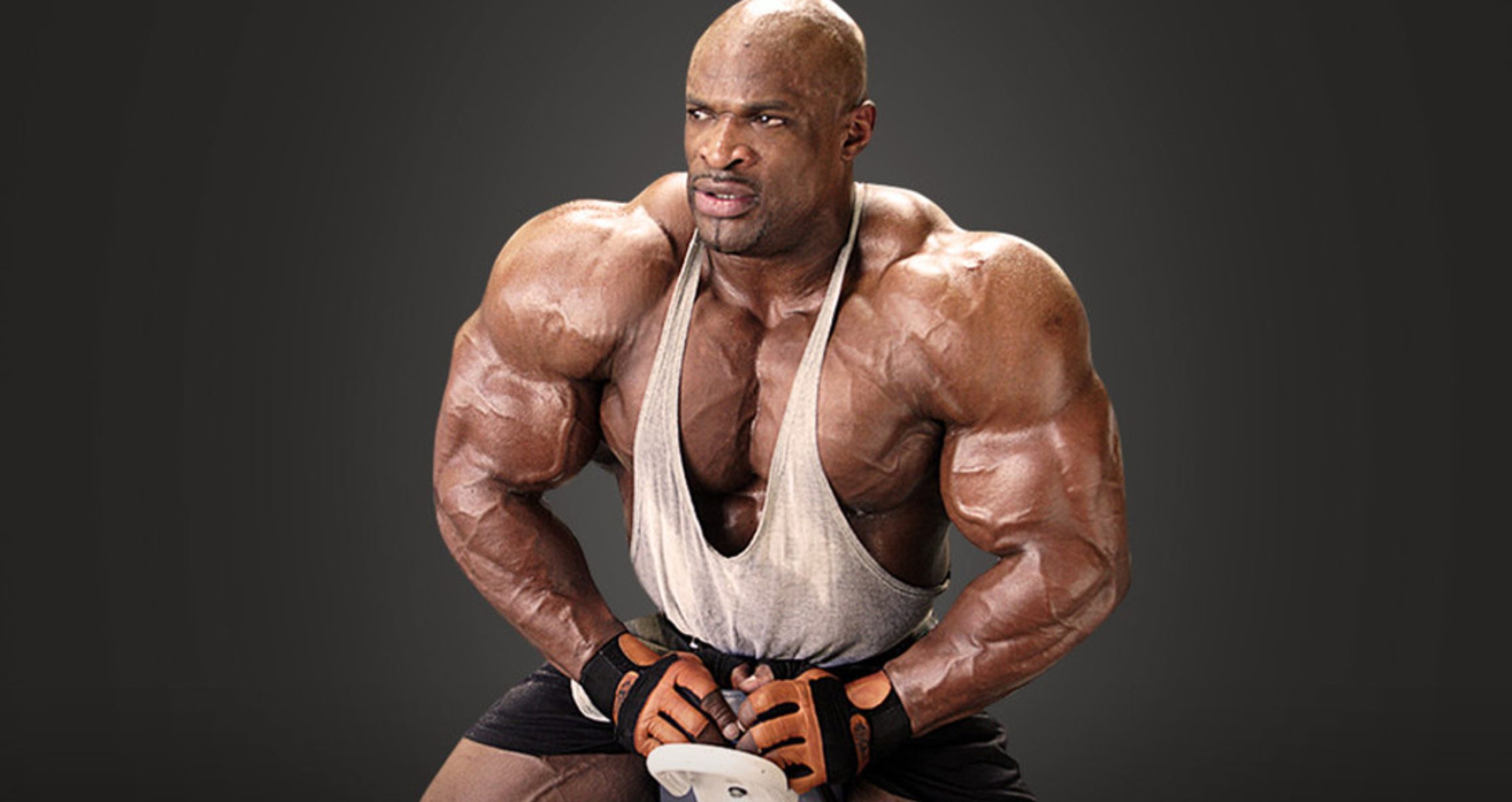Single-leg hops improve athletic performance and overall fitness parameters.
If you don’t have access to a gym or workout equipment, mastering bodyweight exercises is essential for maintaining your fitness. To elevate the intensity of your training, consider incorporating plyometrics — explosive movements designed to build power, burn calories, and enhance overall fitness (1). One such exercise, the single-leg hop, is a fantastic way to improve strength and conditioning.
In this article, we’ll explore the single-leg hop in detail, breaking down its target muscles and its many benefits for building leg strength and improving muscle tone. For those unsure how to perform this exercise, we’ve included a step-by-step guide to help you execute it safely and effectively. Plus, athletes seeking alternative exercises that target similar muscle groups will find valuable recommendations here.
Technique & Muscles Worked
Single-leg hops are compound exercises that unilaterally target your lower body muscles, including quads, hamstrings, calves, glutes, hip flexors, knee flexors, and adductors. They’re also plyometric exercises that improve your explosive strength, which can help boost your athletic performance and reduce your chances of injuries when training. Additionally, doing the single-leg hop requires much balance to execute, activating your core muscles.
When hopping on one leg repeatedly, the goal is to be consistent with your speed, control, and balance. If you’re not landing on the same spot when you hop, you must slow the movement and improve your leg strength. Advanced athletes can perform single-leg hops forward, backward, and laterally.
You can do a single-leg hop anywhere. There are also ways of tweaking this exercise for greater benefits. For instance, you can add resistance using resistance bands, barbells, dumbbells, and kettlebells to make this exercise more challenging, leading to greater gains. However, this is only for those who are advanced and comfortable doing single-leg hops using only bodyweight.
Below is a comprehensive step-by-step guide on how to perform single-leg hops.
- Stand upright, keeping a straight back. Place your feet at shoulder-hip length and lift your left leg off the floor, pointing behind you.
- Your starting position is to keep your right knee slightly bent, place your arms by the sides, and brace your core muscles.
- Next, initiate the movement by bending your right foot and pushing through your heels to lift your body from the floor while using your arms as momentum.
- As you land, absorb the effect by bending your right knee.
- Repeat this movement for a prescribed number of reps, then switch to the other leg.
Benefits
Single-leg hops are bodyweight movements that work the lower body. They’re a jump squat variation and an effective plyometric exercise. Below are some benefits of performing this exercise.
Effective for Lower Body Development
This exercise targets the lower body’s glutes, hamstrings, quads, calves, and adductors, giving you strong, powerful, and well-toned legs. It also improves mobility, coordination, and stability, key metrics that can improve your quality of life.
Improves Power
Single-leg hop is a plyometric exercise that can enhance an athlete’s ability in his field. It works the lower body and improves explosive strength. This is effective in running and sprinting sports, improving athletes’ performances.
Activates Core Muscles
Performing this exercise requires a lot of strength and balance, activating your core muscles. This gives you better form for your exercise, improves your posture, and prevents you from any form of injury.
Better Mind-Muscle Connection
The single-leg hop is a unilateral exercise that allows you to focus on each side of your body. When you train one side of your body, you can address any muscle and strength imbalances. Training each side of your body also allows you to focus on target muscles, building a better mind-muscle connection, which is effective for growth (2).
Single-Leg Hops Alternatives
Single-leg hops offer many benefits to lower body development. However, mixing up your exercises can help prevent a training plateau. Getting the most from your training means adding a couple of routines that build similar muscle groups. Here is a list of alternatives you can try.
Single-Leg Press
The single-leg press is very similar to the single-leg hops in terms of target muscles. It boosts strength in the lower body and is unilateral, too. You perform it on a leg press machine, and variations in foot placement allow you to target specific leg muscles.
Jump Squat
Jump squats are plyometric exercises that work the lower body muscles. They’re easy to perform and can be done anywhere, similar to single-leg hops. Additionally, if you need more resistance, leading to more strength and muscle gains, you can add free weights or use resistance bands when performing this exercise.
Single-Leg Extension
Single-leg extensions are another unilateral exercise. However, this movement is performed on a machine while sitting, so it doesn’t require stability, balance, or core activation. It’s excellent for correcting leg imbalances and isolating the quads.
FAQs
What muscles do single-leg hops work?
Single-leg hops are compound exercises that work the lower body muscles: the quads, hamstrings, glutes, adductors, calves, and core. Single-leg hops also work the knee and hip flexors by strengthening these joints.
Is hopping on one foot a good exercise?
Yes, hopping on one foot is a good exercise. If you want to improve your lower body’s explosive power, then this is one exercise you should try. Hopping on one foot can also build your lower body muscles, giving you well-defined, toned legs. For more benefits of this exercise, check out the article above.
What are single-leg exercises good for?
Single-leg exercises like single-leg hops are good for improving your lower body muscles. They’re unilateral, which means you can focus on one side of your body. This allows you to build a better mind-muscle connection, which is good for muscle hypertrophy. Additionally, these exercises can help you develop and improve your balance.
Follow Generation Iron on Instagram, Facebook, and Twitter for more exercise guides!
References
- Kons, R. L., Orssatto, L. B. R., Ache-Dias, J., De Pauw, K., Meeusen, R., Trajano, G. S., Dal Pupo, J., & Detanico, D. (2023). Effects of Plyometric Training on Physical Performance: An Umbrella Review. Sports medicine – open, 9(1), 4. https://doi.org/10.1186/s40798-022-00550-8
- Calatayud, J., Vinstrup, J., Jakobsen, M. D., Sundstrup, E., Brandt, M., Jay, K., Colado, J. C., & Andersen, L. L. (2016). Importance of mind-muscle connection during progressive resistance training. European journal of applied physiology, 116(3), 527–533. https://doi.org/10.1007/s00421-015-3305-7
